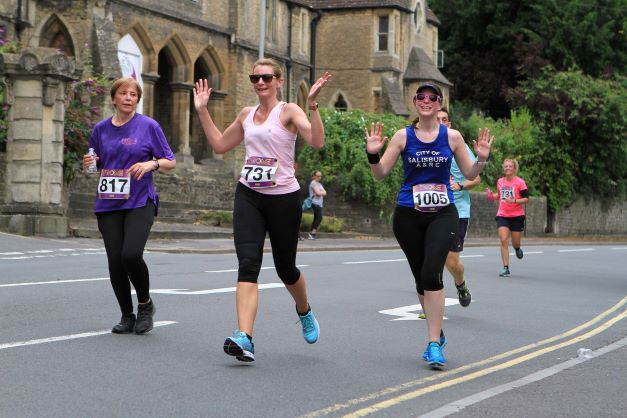AAT Events Limited trading as The Race Organiser Blog
Nik Darlington tells us about his experience at the Dorney Lake Half Marathon this May!
Purple Patch Dorney Lake Half Marathon Race Report 2021
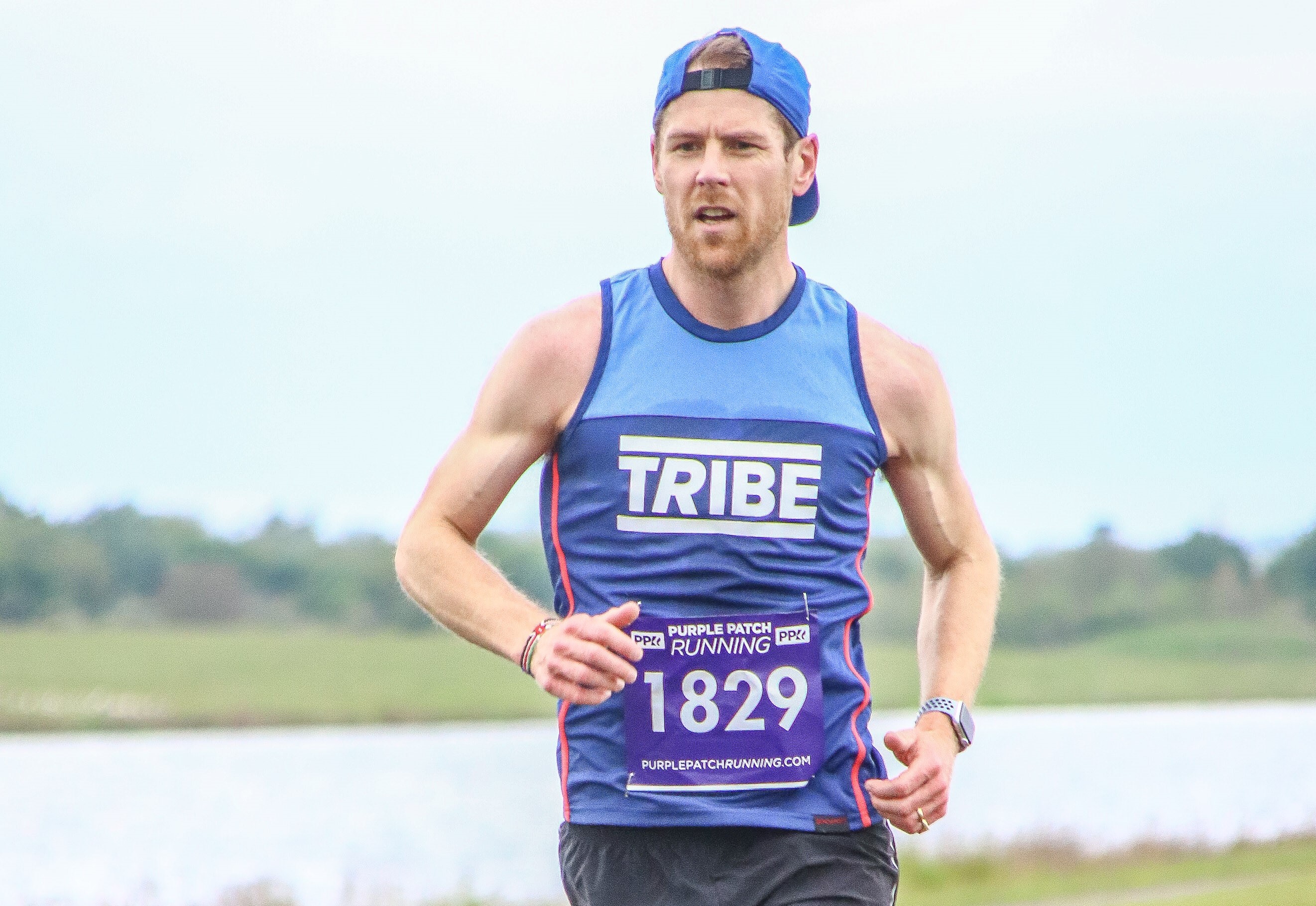
Our first and only vist to Dorney lake was in 2012 for the Olympics rowing final. With all the stands, Olympics paraphernalia and exact funnelling of fans to the right place, there wasn’t much time to take in the venue, but I remember it had a lake, was surrounded by trees, and was very, very flat. All around you is flat. And I remember that on an otherwise still day, by the lake it was blowing a gale.
So, when you’re considering going for a run around the Dorney rowing lake, rest assured that hills aren’t one of your concerns. Over the course of 13.1 miles, I climbed just 27 feet. Pancakes have more gradient. Where I usually run in the Surrey Hills, I’ve usually done 30 feet before I get to the end of the driveway.
And yet everyone I’d spoken to and everything I’d read on the other hand told me to take the wind into account. The lake sits on a north-west to south-east axis, with the south and west being perhaps the marginally more sheltered aspects thanks to the treeline. But basically, if the wind’s blowing from the south or the north, you’re going to spend half of each lap running into a headwind, which you’d hope to make up for on the return with the wind behind you. Anything else and you’re battling crosswinds. This might be particularly tedious on the narrow isthmus running down the middle of the lake.
A fortnight or so out, the long-term forecast was looking promising. Considering we were experiencing the wettest, coldest and generally most miserable May in living memory, dry conditions and a gentle breeze was a welcome prospect.
Then it all went south. Storms that were meant to blow through earlier in the week were booking in for bed and breakfast right through the weekend. Torrential downpours, 20 mph winds and 40-50 mph gusts were par for the course in the days leading up to the race.
Saturday dawned to a light breeze, high clouds and even glimpses of sunshine. The Gods were smiling on us! A few rain spots fell, but it wasn’t till mid-afternoon that the heavens opened yet again. A stiff 12mph breeze from the north-west made itself felt in the top-left corner of the lake but otherwise conditions were set fair for fast racing conditions.
As we stood queueing at the start, bouncing with nervous energy two metres apart from each other, waiting for our turn, I reflected on my own running journey over the past year and how races had changed.
Last February, I stood in a crowded, shoulder-to-shoulder starting pen at the Wokingham Half Marathon. Light drizzle was falling, and Storm Ciara really was blowing a gale. In the days leading up to the race it was touch and go as to whether it would be called off. So, there we all were, huddling together for a bit of pre-race warmth – can you imagine it now?
I was just hoping to go sub-90 for the first time. I had narrowly missed out by two minutes in Bristol in 2009 and by 30 seconds in Richmond in 2011. I made it in 1:28:43, then a few weeks later shaved off another minute at Hampton Court Palace. That was 15th March, the day before we were advised not to visit pubs and to keep singing ‘happy birthday’ twice. Eight days before lockdown. Still a mass start outside the palace, but there were early signs of some of the features we are all now so familiar with: event staff with face coverings, copious bottles of hand sanitiser, a few signs asking people to respect others’ space.
Fifteen months later and races have had to adapt. They’ve been cancelled, rearranged, and postponed. They returned for a while, then went away again, and are now slowly recovering again. As runners, we’ve also had to adapt. Whether the bite-size challenges of Strava segments to spice up a routine run, the online competitiveness and camaraderie provided by virtual races, or when permitted socially distanced club runs, it’s been a year of running differently but for so many people I know, myself included, running better.
So, I found myself, terrifyingly in many ways, at the Dorney Lake start line with a very different goal in mind: sub-90 had been replaced by sub-80! If you had told me a year ago that I’d be running a sub-6 mile for a half marathon I would have laughed. But I crossed the line in 77 minutes on the dot, nearly 11 minutes quicker than March last year.
With running, it is so true that what you’re willing to put in, you’re likely to get out. And I’m sure that because the effects of lockdown and the absence of races for so long, we saw more PBs than usual out there. My wife Bethan and I were running as part of the Tribe Project 10% team, raising money for the Tribe Freedom Foundation and aiming to take 10% off our half-marathon PBs. I was thrilled with my 12% improvement, but Bethan demolished hers by 29%! The sight of so many happy faces at the finish line suggests we weren’t alone.
There is no such thing as an ‘easy’ half marathon, so don’t be lulled into a false sense of security by Dorney Lake being a ‘flat’ and ‘quick’ route. It is both of those, but conditions on the day can conspire against you. And for some reason, GPS goes a bit funny a couple of laps in, so I spent much of the race thinking I was running at least 5 seconds per mile quicker than I was. However, getting the most out of a race isn’t all to do with the course itself, or what you do when you’re out there. The overall setup matters and this had to be the biggest armchair ride into a race I’ve ever experienced.
As long as you have your own vehicle, getting there is a piece of cake and parking is right next to the start and finish line. There is space to do a proper warm-up and still dash back and forth to your car, for example to adjust clothing, take on fluids or fuel, change into a different pair of shoes, or of course to go to the bathroom. Marshals are everywhere, with clear communication and words of encouragement.
All in all, the organisation and physical layout of the venue at Dorney Lake gives you the utmost opportunity to perform at your best. No last-minute panics, long waits or traipsing around to distant start lines.
It’s still not the same as those final ‘normal’ races in 2020, but race organisers have had to adapt and have done so well. This was up there with the best.
Nik Darlington
Categories
Recent Blog Posts
-
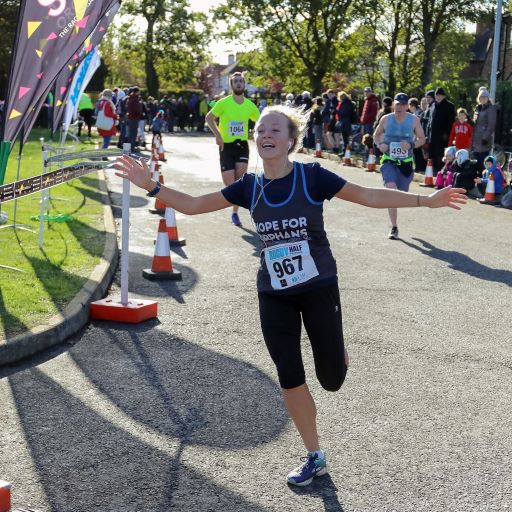
NEW EVENT ANNOUNCEMENT: UK'S FIRST BACKWARDS HALF MARATHON
31/03/2022, 08:58
-
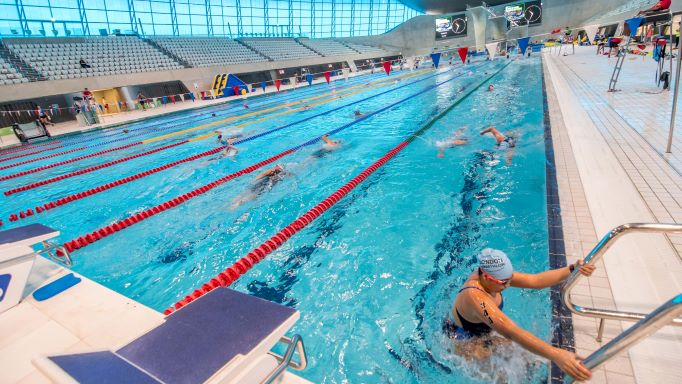
What Is An Aquathlon? Everything You Need To Know About Aquathlon In 2022
23/03/2022, 09:49
-
These Expert Tips Will Answer All Your Questions About Half Marathon Training
31/01/2022, 13:24
-
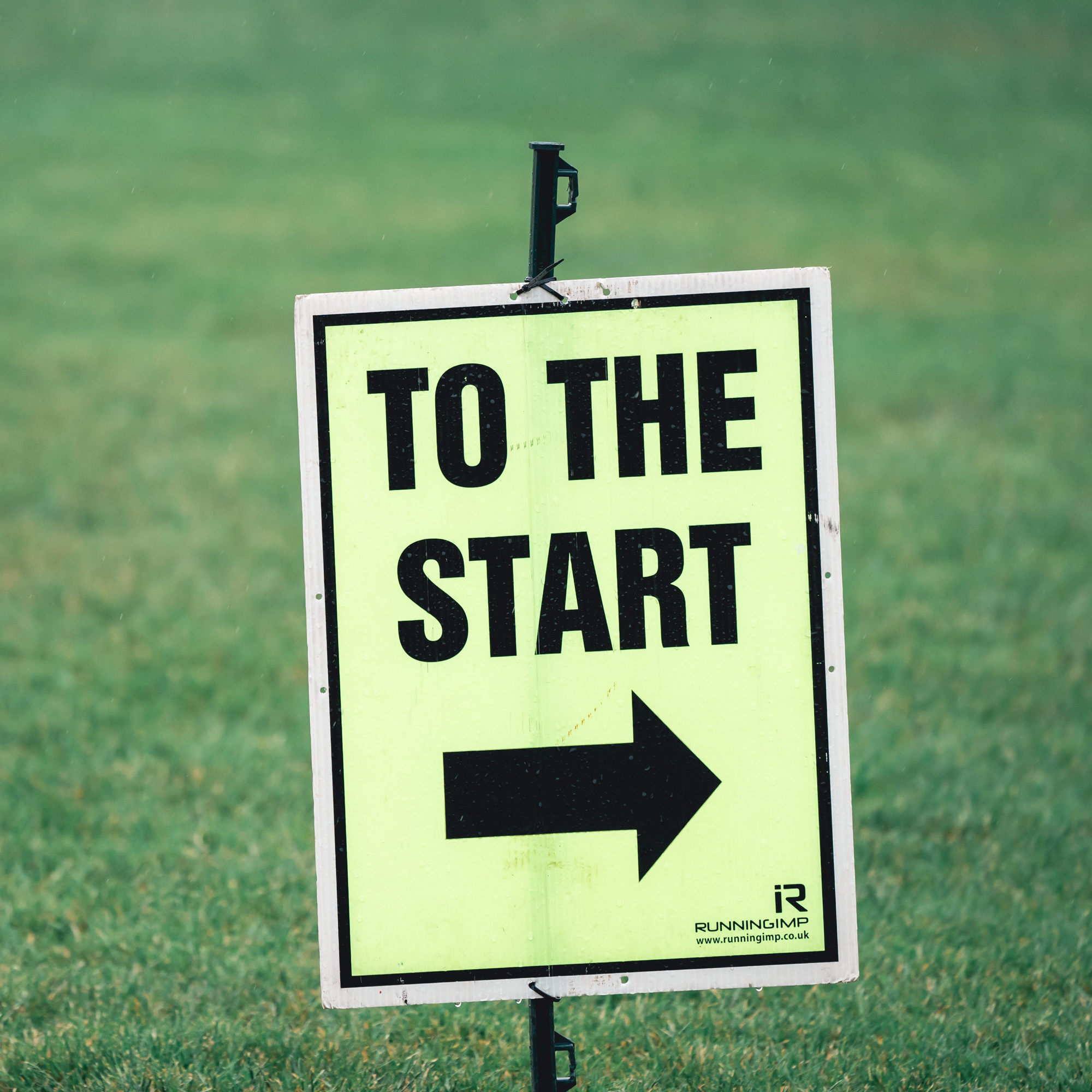
Everything You Need To Know About 'Where Am I?' Races And How They Can Improve Your Training
19/01/2022, 14:29
-
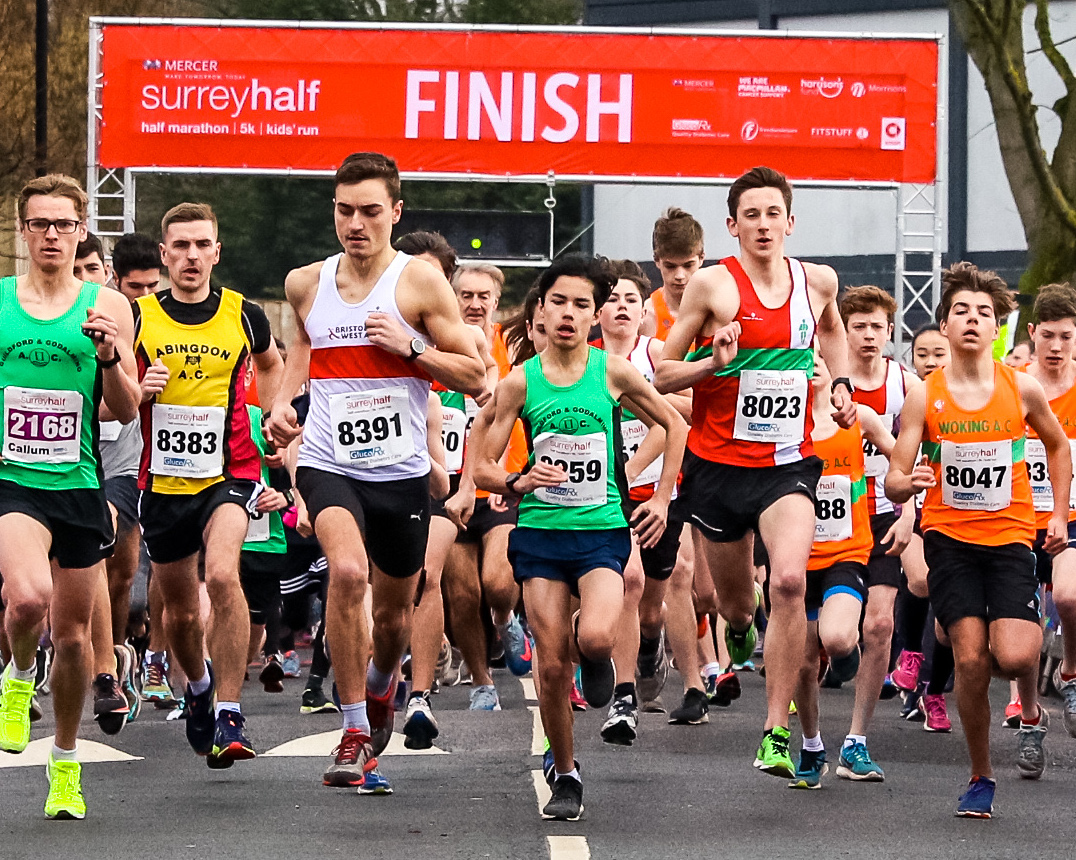
A brighter future for The Race Organiser group of events
30/11/2021, 10:22
